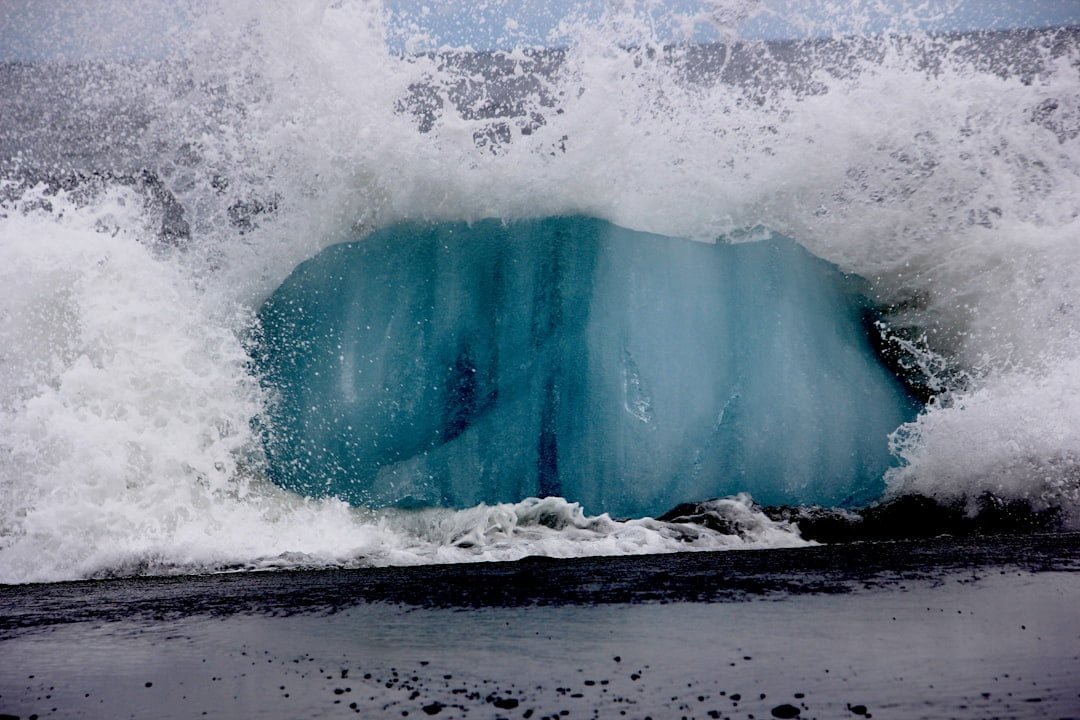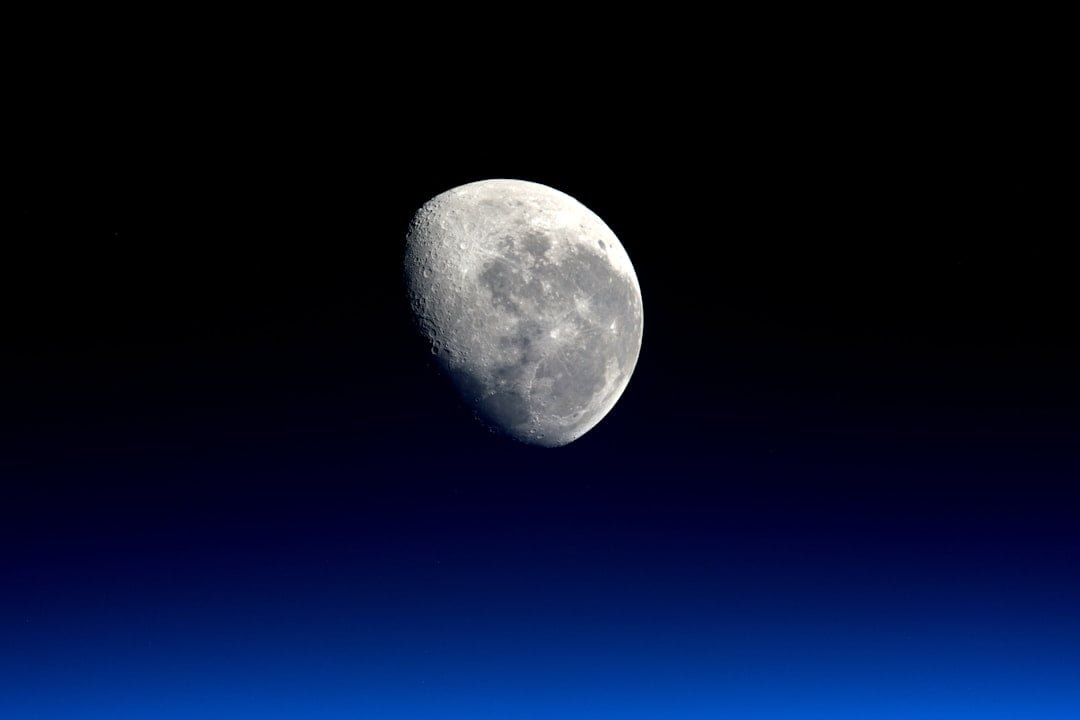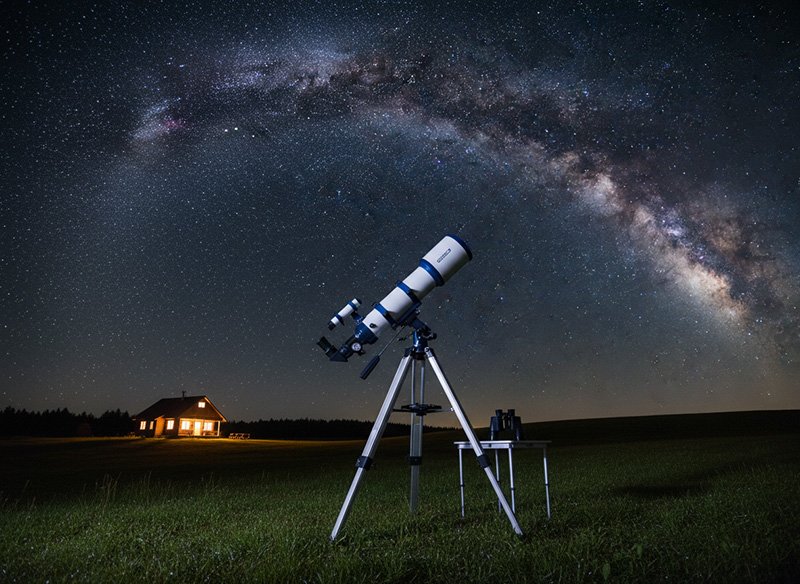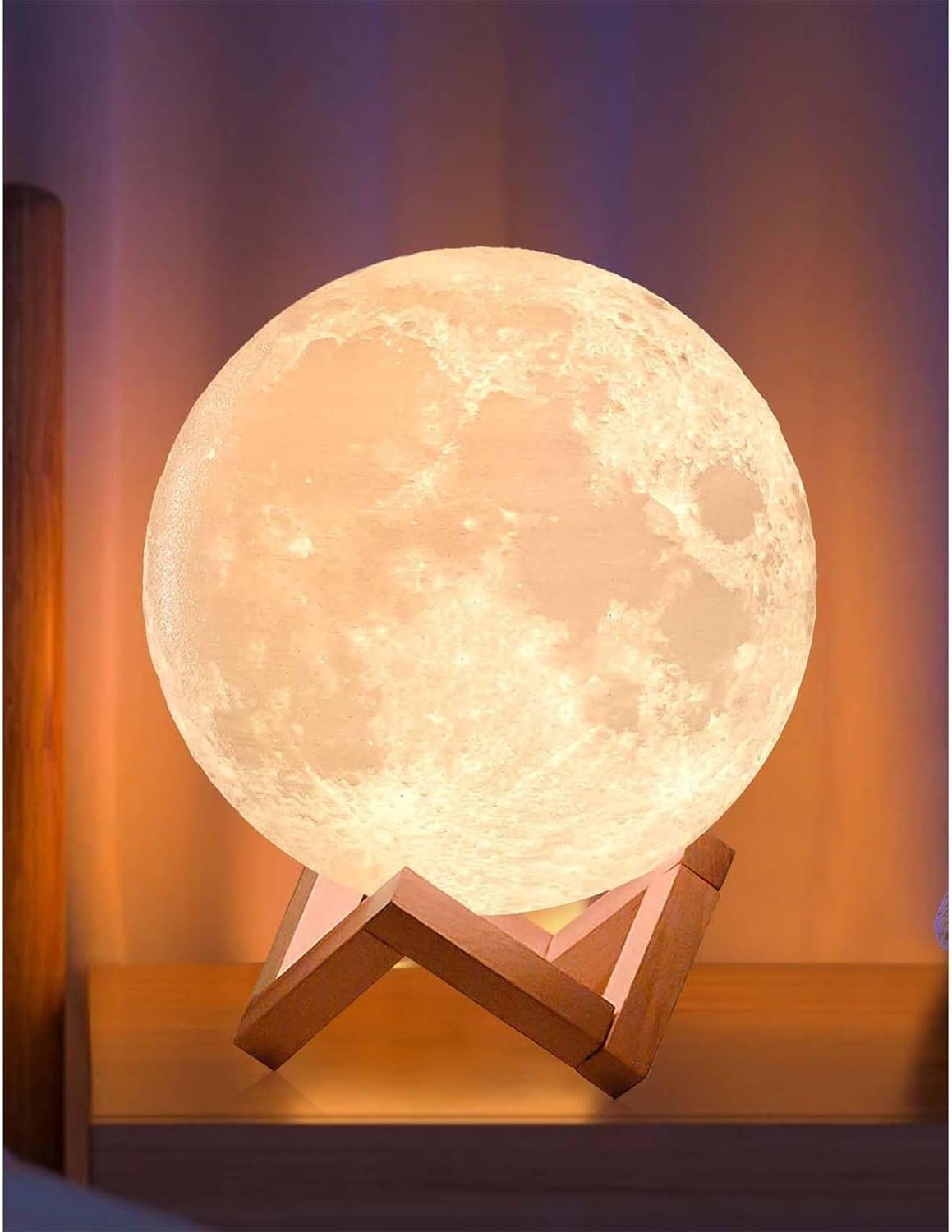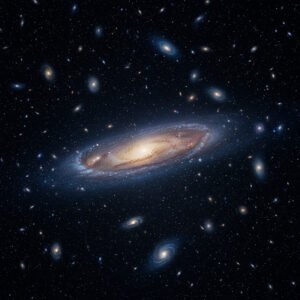Key Takeaways 📝
- Asteroids and comets provide valuable insights into the early formation of the solar system.
- Understanding the composition and behavior of asteroids and comets is crucial for predicting and mitigating potential collisions with Earth.
- Collisions with Earth can occur due to gravitational interactions, the Yarkovsky effect, and different types of collisions like impacts and airbursts.
- Historical evidence, such as the Chicxulub impact and the Tunguska event, highlights the impact of asteroid and comet collisions on Earth’s history and evolution.
- Monitoring efforts by organizations like NASA aim to track potentially hazardous asteroids and comets to prevent catastrophic collisions.
Asteroids and comets are celestial bodies that orbit the Sun. They are remnants from the early formation of our solar system and provide valuable insights into its history. Asteroids are rocky objects that are primarily found in the asteroid belt, a region between the orbits of Mars and Jupiter. Comets, on the other hand, are icy bodies that originate from the outer regions of the solar system, such as the Kuiper Belt and the Oort Cloud.
While asteroids and comets share some similarities, there are also key differences between them. Asteroids are composed mainly of rock and metal, while comets are made up of ice, dust, and organic compounds. Additionally, asteroids tend to have more irregular shapes, while comets often have a more spherical nucleus with a surrounding coma and tail when they approach the Sun.
Studying asteroids and comets is of great importance for several reasons. Firstly, they provide valuable information about the early stages of our solar system’s formation. By studying their composition and structure, scientists can gain insights into the processes that led to the formation of planets and other celestial bodies. Secondly, asteroids and comets have the potential to impact Earth, posing a significant threat to life on our planet. Understanding their behavior and tracking their trajectories is crucial for developing strategies to mitigate potential collisions.
What Causes Asteroids and Comets to Collide with Earth?
Several factors contribute to asteroid and comet collisions with Earth. One factor is gravitational interactions with other celestial bodies. The gravitational pull from planets or other large objects can alter the trajectory of asteroids or comets, causing them to cross paths with Earth’s orbit.
Another factor is known as the Yarkovsky effect. This effect occurs when sunlight heats up one side of an asteroid or comet, causing it to emit thermal radiation. The emission of this radiation creates a small but continuous force that can alter the object’s trajectory over time.
When an asteroid or comet collides with Earth, there are different types of collisions that can occur. The most well-known type is an impact, where the object directly strikes the Earth’s surface. This type of collision can result in the formation of a crater and cause significant damage depending on the size and velocity of the object.
Another type of collision is an airburst, where the object explodes in the atmosphere before reaching the ground. This can create a shockwave that can cause damage over a wide area. The Tunguska event in 1908 is an example of an airburst, where an asteroid or comet exploded over Siberia, flattening trees over an area of 2,000 square kilometers.
The probability of a collision occurring depends on several factors, including the size and number of asteroids and comets in our solar system, as well as their orbits. While large impacts are rare, smaller objects can collide with Earth more frequently. Scientists use various methods to estimate the likelihood of a collision, such as statistical models and observations of near-Earth objects.
Historical Evidence of Asteroid and Comet Collisions with Earth
There is ample historical evidence of asteroid and comet collisions with Earth. One of the most famous impact events is the Chicxulub impact, which occurred approximately 66 million years ago. This impact is believed to have caused the extinction of the dinosaurs and many other species. The impact left behind a crater that is over 180 kilometers in diameter and has been found off the coast of Mexico’s Yucatan Peninsula.
Another well-known impact event is the Tunguska event mentioned earlier. In 1908, an asteroid or comet exploded in the atmosphere over Siberia, releasing energy equivalent to 10-15 megatons of TNT. The explosion flattened trees over a vast area but did not cause any known human casualties.
Evidence of past collisions can also be found in the form of craters and geological anomalies. For example, the Barringer Crater in Arizona is a well-preserved impact crater that is approximately 1.2 kilometers in diameter. Additionally, the presence of iridium, an element that is rare on Earth but abundant in asteroids and comets, has been found in sediment layers corresponding to the time of known impact events.
These impact events have had a significant impact on Earth’s history and evolution. Large impacts can cause mass extinctions, leading to the reshaping of ecosystems and the emergence of new species. They can also cause changes in climate due to the release of dust and gases into the atmosphere. Understanding these past events is crucial for predicting and mitigating future impacts.
What Are the Consequences of an Asteroid or Comet Collision?
The consequences of an asteroid or comet collision can be devastating. Immediate effects include shockwaves, heat, and the formation of a crater. The energy released during an impact can cause widespread destruction, depending on the size and velocity of the object.
Long-term effects can also have significant impacts on Earth’s climate and ecosystems. Large impacts can release large amounts of dust and gases into the atmosphere, blocking sunlight and causing a drop in temperature. This can lead to a “nuclear winter” effect, where global temperatures decrease, affecting agriculture and causing widespread famine.
In some cases, asteroid or comet collisions have caused mass extinctions. The Chicxulub impact event is believed to have caused the extinction of approximately 75% of all species on Earth, including the dinosaurs. These extinction events have had a profound impact on the evolution of life on our planet.
In addition to the immediate and long-term effects on Earth’s natural systems, asteroid or comet collisions can also have a significant impact on human civilization. Depending on the size and location of the impact, cities could be destroyed, infrastructure could be severely damaged, and there could be a loss of life on a massive scale. The economic and social consequences of such an event would be immense.
How Do Scientists Track Potentially Hazardous Asteroids and Comets?
Scientists use various methods to track potentially hazardous asteroids and comets. One method is through the use of telescopes, both ground-based and space-based. These telescopes can detect and track objects in space by observing their reflected sunlight or thermal emissions.
Radar is another important tool for tracking asteroids and comets. Radar systems emit radio waves towards the object and measure the time it takes for the waves to bounce back. This allows scientists to determine the object’s distance, size, shape, and rotation rate.
To identify hazardous objects, scientists use criteria such as size, orbit, and proximity to Earth. Objects that are larger than a certain threshold and have orbits that bring them close to Earth are considered potentially hazardous. The International Astronomical Union (IAU) maintains a list of these objects, known as the “Minor Planet Center.
Currently, there are several ongoing efforts to monitor asteroids and comets. NASA’s Near-Earth Object Observations (NEOO) program is one such initiative. It aims to detect, track, and characterize near-Earth objects that could potentially pose a threat to our planet. Other space agencies and observatories around the world also contribute to these monitoring efforts.
Is There a Possibility of an Asteroid or Comet Collision in the Near Future?
Assessing the current risks of an asteroid or comet collision involves considering various factors such as the number of known near-Earth objects, their size distribution, and their orbits. While large impacts are rare events, smaller impacts can occur more frequently.
The likelihood of a collision occurring depends on the specific scenario. For example, the probability of a large impact event similar to the Chicxulub impact is extremely low in the near future. However, smaller impacts that could cause localized damage are more likely to occur.
Scientists continuously monitor and update the risk assessments based on new observations and improved models. While the risk of a catastrophic impact is low, it is important to remain vigilant and continue monitoring potentially hazardous objects.
What Are the Current Efforts to Prevent Asteroid and Comet Collisions?
Preventing asteroid and comet collisions requires international cooperation and initiatives. The United Nations Office for Outer Space Affairs (UNOOSA) has established the International Asteroid Warning Network (IAWN) and the Space Mission Planning Advisory Group (SMPAG) to coordinate efforts in this area.
NASA’s Planetary Defense Coordination Office (PDCO) is responsible for coordinating U.S. government efforts to detect, track, and characterize near-Earth objects. They also lead the development of technologies and strategies for mitigating potential impacts.
Proposed mitigation strategies include deflection and disruption techniques. Deflection involves changing the trajectory of an asteroid or comet to avoid a collision with Earth. This can be achieved through various methods, such as using a spacecraft to exert a gravitational pull on the object or by using a kinetic impactor to collide with it.
Disruption techniques involve breaking up the object into smaller pieces that pose less of a threat. This can be done using explosives or by directing a spacecraft to collide with the object at high speed.
How Can We Prepare for the Possibility of an Asteroid or Comet Collision?
Preparing for the possibility of an asteroid or comet collision involves several key steps. Firstly, emergency response plans need to be developed at local, national, and international levels. These plans should outline procedures for early warning, evacuation, and disaster management in the event of an impact.
Public awareness and education are also crucial in preparing for potential impacts. By educating the public about the risks and providing information on how to respond, individuals can be better prepared to protect themselves and their communities.
Governments and organizations play a vital role in coordinating and funding efforts to prevent and mitigate potential impacts. This includes supporting research, monitoring programs, and the development of technologies for detection and deflection.
The Role of Technology in Detecting and Preventing Asteroid and Comet Collisions
Advancements in technology have greatly improved our ability to detect and track potentially hazardous asteroids and comets. Ground-based telescopes equipped with advanced imaging sensors can detect faint objects in space, allowing for more accurate tracking.
Space-based telescopes, such as the Hubble Space Telescope and the upcoming James Webb Space Telescope, provide a unique vantage point for observing objects in space. These telescopes can observe objects without the interference of Earth’s atmosphere, allowing for clearer images and more precise measurements.
In terms of prevention, technology is also playing a crucial role. The development of spacecraft capable of intercepting and deflecting asteroids or comets is an ongoing area of research. Additionally, advancements in propulsion systems and robotics are enabling the development of more sophisticated missions to study and potentially mitigate potential impactors.
Looking to the future, there are exciting prospects for asteroid and comet defense. Technologies such as laser ablation, where a laser is used to vaporize material from the surface of an object, could be used to alter its trajectory. Furthermore, advancements in artificial intelligence and machine learning could improve our ability to detect and track near-Earth objects more efficiently.
The Importance of Studying and Monitoring Asteroids and Comets
Studying and monitoring asteroids and comets is of utmost importance for several reasons. They provide valuable insights into the early formation of our solar system, shedding light on the processes that led to the creation of planets and other celestial bodies.
Furthermore, asteroids and comets have the potential to collide with Earth, posing a significant threat to life on our planet. By understanding their behavior and tracking their trajectories, scientists can develop strategies to mitigate potential collisions and protect our planet.
Efforts to prevent asteroid and comet collisions require international cooperation and coordination. Organizations such as NASA and the United Nations are leading the way in monitoring and developing technologies for detection and deflection.
While the risk of a catastrophic impact is low, it is crucial to remain vigilant and continue monitoring potentially hazardous objects. By investing in research, education, and technology, we can better prepare for the possibility of an asteroid or comet collision and ensure the safety and well-being of our planet.
Can asteroids or comets collide with Earth in the future? This is a question that has fascinated scientists and space enthusiasts for years. If you’re interested in learning more about the potential dangers of celestial objects colliding with our planet, you should check out this informative article from The Universe Episodes. They delve into the topic in great detail, discussing the likelihood of such events occurring and the potential consequences for life on Earth. To read more, visit their website at https://theuniverseepisodes.com/blog/.

